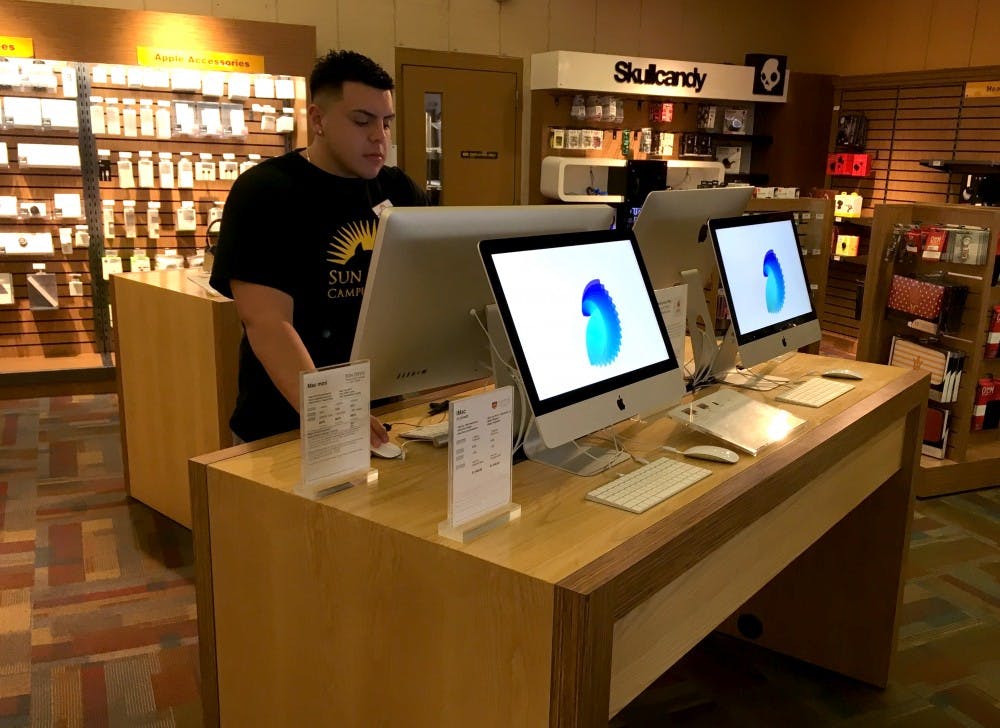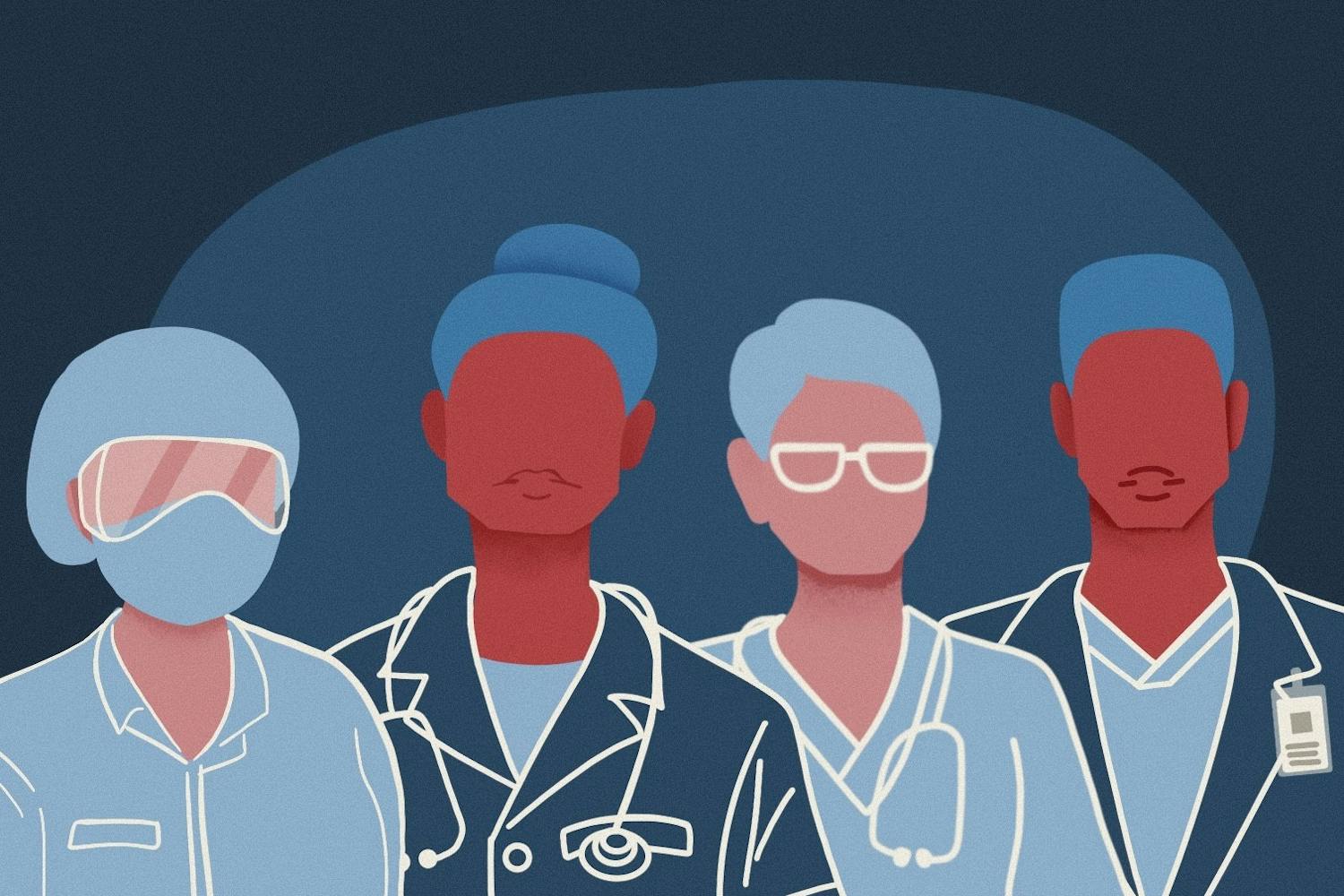Apple is beta testing a Macbook version of its iPhone setting "Night Shift" designed to reduce eye-strain and improve sleep.
In March 2016, Apple released its original version of Night Shift, a software very similar to F.lux. Mac users found the beta test of the popular setting on Jan. 24, but Apple has not yet confirmed an official release for the Macbook software.
On the minds of many, though, is whether or not the technology even has a pronounced effect.
"The theoretical motivation is reasonably grounded," said Susana Martinez-Conde, a professor with ASU's Barrow Neurological Institute. "What it comes down to is that exposure to light is going to interfere with circadian rhythms."
Martinez-Conde said that, in particular, the modern age of late-night artificial lighting has affected people's mood and behavior.
"This exposure is especially prominent for blue wavelengths," Martinez-Conde said. She referenced a 2013 study involving hamsters, which concluded that exposure to red light had markedly fewer effects on the limbic system, the mood and behavior hub in the body, than exposure to blue light.
"The conclusion is that the sources of artificial lighting today that contain blue wavelengths are going to be the most disruptive to the circadian system," Martinez-Conde said.
She said that any software that could exchange these shorter wavelengths for longer, warmer ones could have a significant effect on circadian rhythms.
"Of course, the most protective effect would have to be to have no exposure to lighting at all," Martinez-Conde said.
Pierce Hutton, an ASU grad student in biology, said that his lab had found the cause of sleep disruption to be much broader.
"We've definitely found that whether it's blue or whether it's kind of a warmer color, all of them affect sleep," Hutton said.
"Essentially, what's happening is that there are cells in the back of the retina that aren't really vision forming cells, but they're actually kind of picking up light, and they're most sensitive to blue light, but they're still able to pick up small amounts of light that's not blue."
In his research on human disturbance of house finches at night, Hutton said that he's found this non-blue light to have a significant impact as well.
"The (house finches) from cities, where obviously there's a lot more light at night than outside the cities in kind of rural desert parks, are much more resilient," Hutton said. "So if you put a light on them, they're going to sleep through it better than the ones where its kind of like a novel thing to them."
But there are negative impacts of this familiarity to light.
"We found that exposing them to light at night increases the rate at which they develop diseases," Hutton said. "So a lot of these birds have these intestinal parasites, and when we expose them to light at night, they get much worse much quicker."
Though not necessarily victim to intestinal parasites, ASU students have also noted the negative correlation between computer usage and health.
"I definitely get better sleep when I don't use (my laptop) late at night," said Josh Davis, a sophomore global health major.
Davis said that it is not just homework but also leisure activities that lead him to use the computer late into the evening. For those who share his nocturnal schedule, Apple has included Night Shift in its public beta of Sierra 10.12.4.
For those who still aren't sure if they want the feature on their laptop, just sleep on it.
Reach the reporter at sdeadric@asu.edu or follow @deadrick_sam on Twitter.
Like The State Press on Facebook and follow @statepress on Twitter.




